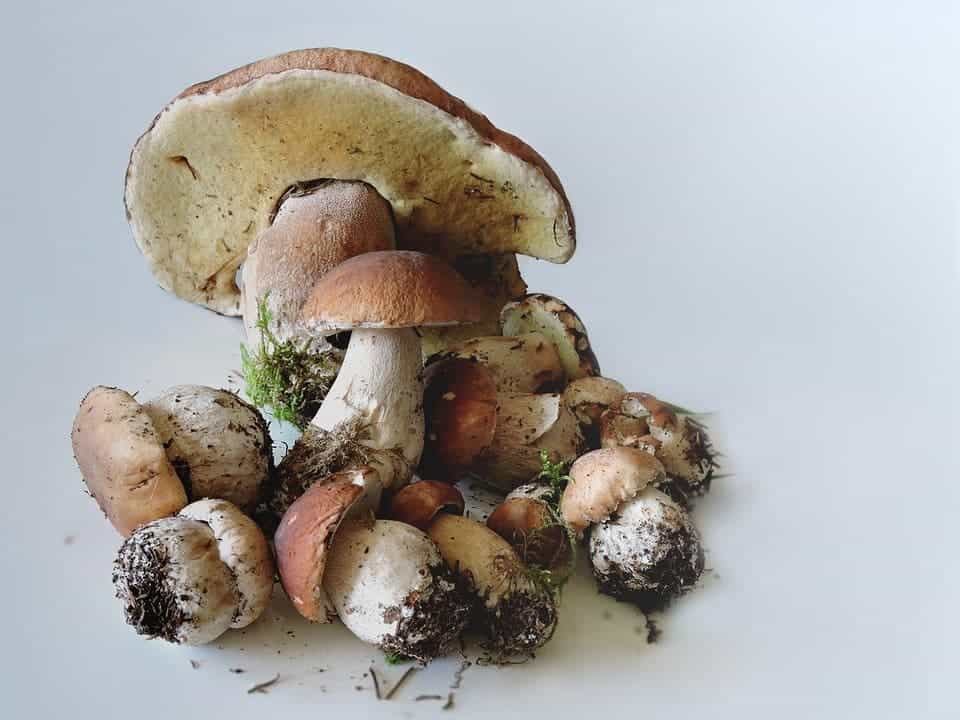Mushrooms could be a boon against ageing and age-related diseases thanks to their high content in antioxidants, new paper reports.
A study from the Penn State Center for Plant and Mushroom Products reports that mushrooms contain high levels of ergothioneine and glutathione, two compounds with important antioxidant properties according to Robert Beelman, professor emeritus of food science and director of the center. The amount of the two compounds varied greatly between the different mushroom species, he adds.
“What we found is that, without a doubt, mushrooms are highest dietary source of these two antioxidants taken together, and that some types are really packed with both of them,” said Beelman.
He explains that certain by-products released when our bodies break down food to produce energy, called free radicals, which are toxic to living organisms. That’s because they produce oxidative stress — free radicals are oxygen atom species with free electrons in their electron shells. They’re so highly reactive, that their efforts to pair up with anything and satisfy that electron deficiency can cause damage to cells, proteins, even DNA strands they come into contact with as they travel through the body.
Antioxidants are substances that protect the body against oxidative stress.
“The body has mechanisms to control most [free radicals], including ergothioneine and glutathione, but eventually enough accrue to cause damage, which has been associated with many of the diseases of aging, like cancer, coronary heart disease and Alzheimer’s,” Beelman adds.
Porcini mushrooms (Boletus edulis), the paper reports, has the highest concentrations of both ergothioneine and glutathione among the 13 species tested. Porcini is a wild variety of mushroom, “really popular in Italy where searching for it has become a national pastime,” according to Beelman. More common types, like the white button (Agaricus bisporus) so ubiquitous in grocery shops, contained lower levels of these compounds — but still more than most other foods.
Cooking wasn’t found to have a significant effect on the compounds, although there is evidence that suggests cooking impacts mushrooms’ nutritional properties and levels of other antioxidant compounds.
“Ergothioneine are very heat stable,” said Beelman.
In the future, the centre will study the role that ergothioneine and glutathione have in decreasing the likelihood of neurodegenerative diseases, such as Parkinson’s disease and Alzheimer’s disease, he added.
“It’s preliminary, but you can see that countries that have more ergothioneine in their diets, countries like France and Italy, also have lower incidents of neurodegenerative diseases, while people in countries like the United States, which has low amounts of ergothioneine in the diet, have a higher probability of diseases like Parkinson’s Disease and Alzheimer’s,” he explains.“Now, whether that’s just a correlation or causative, we don’t know. But, it’s something to look into, especially because the difference between the countries with low rates of neurodegenerative diseases is about 3 milligrams per day, which is about five button mushrooms each day.”
The paper “Mushrooms: A rich source of the antioxidants ergothioneine and glutathione” has been published in the journal Food Chemistry.
https://www.zmescience.com/medicine/nutrition-medicine/mushrooms-antioxidants-rich/Click Here For More Articles
Don't forget to opt-in to Our Healthy Living Society and get 3 free gifts while receiving the latest information on health, well-being and groundbreaking news about natural nutrition.


No comments:
Post a Comment